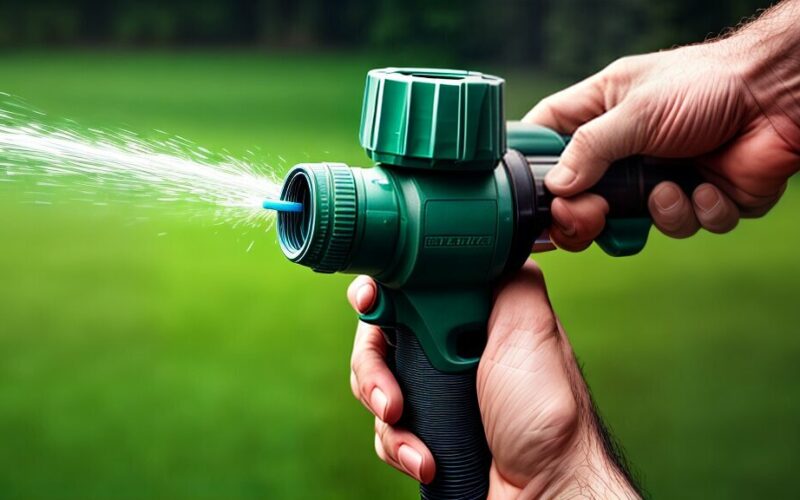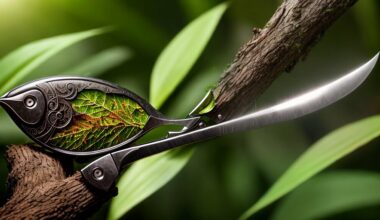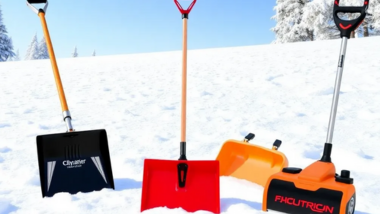When it comes to gardening or any outdoor activity, unscrewing a hose may seem like a simple task that does not require any attention. However, unscrewing a hose properly can save you from leaks, damages to the hose, and fittings, which will make your work easier in the long run. This article will guide you on which direction to unscrew a hose and provide helpful tips on how to do it safely and properly.
Key Takeaways:
- Unscrewing a hose properly is important to prevent leaks and damages to the hose or fittings.
- Turning the hose counterclockwise is the right direction to unscrew it.
- Make sure to turn off the water source, release pressure, and use the right tools when unscrewing a hose.
- Avoid common mistakes such as overtightening or using excessive force when unscrewing a hose.
- If you encounter a stuck hose connection, use lubrication, apply heat or cold, gentle tapping, or seek professional help.
Why Unscrewing a Hose Properly Matters
You may be tempted to quickly unscrew your garden hose from the spigot when you’re finished watering, but taking a little extra time to do it properly can save you headaches in the long run.
Improperly unscrewing a hose can result in leaks, damage to the hose or fittings, and difficulty in reattaching the hose. This can lead to wasted water, increased frustration, and the need for costly replacements.
When you unscrew a hose properly, you can avoid these issues and ensure your hose lasts as long as possible. It’s a small but important step in maintaining your gardening equipment and saving yourself time and money in the process.
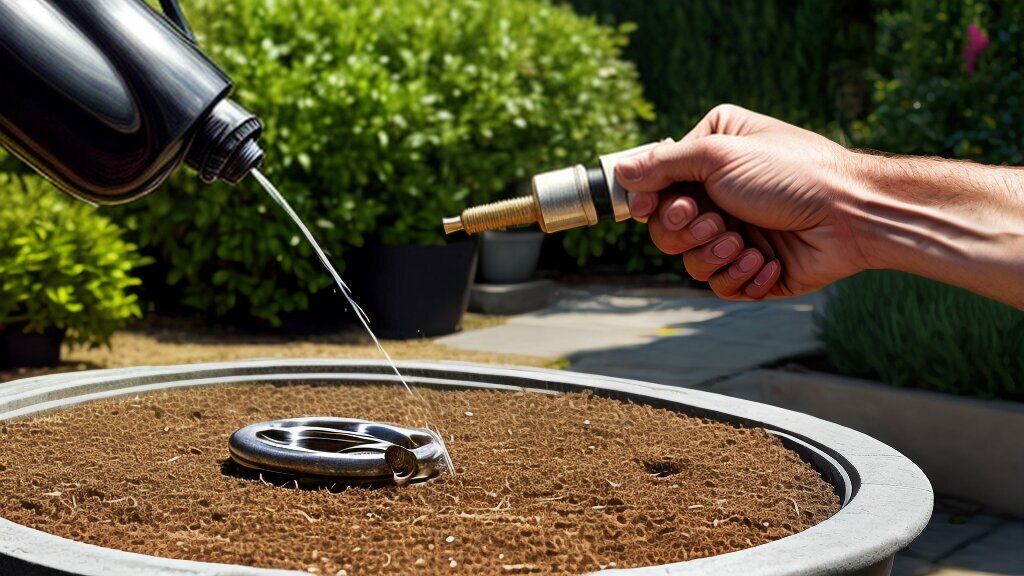
Take the time to unscrew your hose properly and avoid the frustration of leaks and damage.
Steps to Unscrew a Hose Safely
Unscrewing a hose may seem like a simple task, but doing it properly can prevent leaks, damage to the hose or fittings, and make reattaching the hose easier. Follow these steps to unscrew a hose safely:
- Turn off the water source: Before unscrewing the hose, turn off the water source to prevent water from spraying everywhere.
- Release pressure: After turning off the water source, release any pressure in the hose by squeezing the trigger or opening the valve.
- Use the right tools: Use the correct tools such as pliers or a wrench to grip the hose fittings. Avoid using tools that can damage the fittings or the hose.
- Turn the hose counterclockwise: Turn the hose counterclockwise to loosen it from the fitting. Avoid turning it clockwise as it can damage the threads.
- Remove the hose: After the hose is loose, remove it from the fitting by pulling it away from the connection.
By following these steps, you can safely unscrew a hose without damaging the hose or fittings and make your garden tasks simpler.
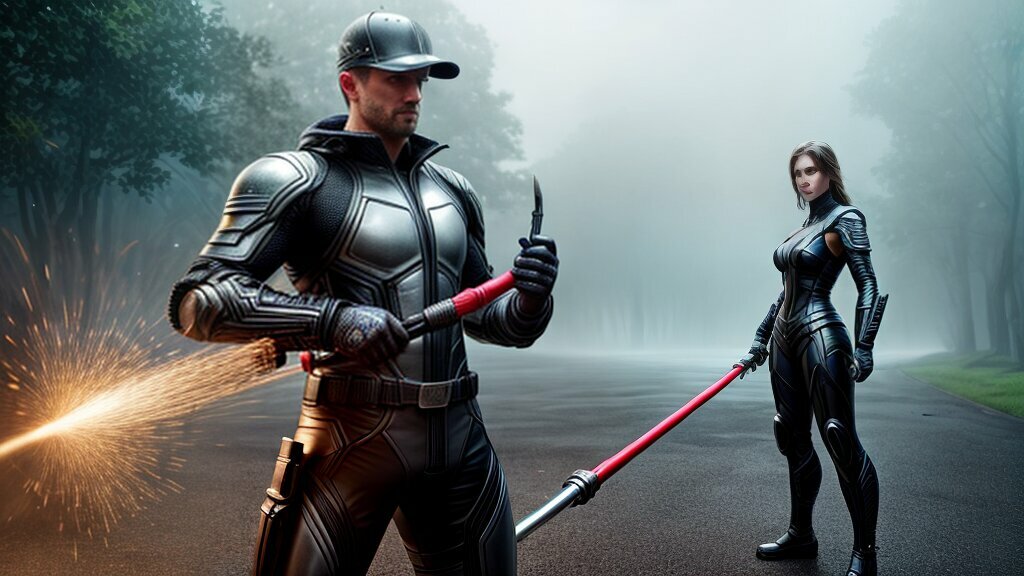
Common Mistakes to Avoid When Unscrewing a Hose
Unscrewing a hose may seem like an easy task, but there are several common mistakes that people make that can result in leaks, damage to the hose or fittings, or difficulty in reattaching the hose. To avoid these mistakes, read on for some helpful tips.
Overtightening the Hose
One of the most common mistakes when unscrewing a hose is overtightening. You may think that the tighter the hose, the less chance of leaks, but overtightening can actually damage the hose or fittings, making it harder to unscrew later. Instead, tighten the hose to a snug fit, but avoid using excessive force.
Using Excessive Force
Using excessive force can also damage the hose or fittings, and it may cause injury to yourself. If you find that the hose is difficult to unscrew, try using tools or lubricants to make the process easier. Avoid pulling or twisting the hose with too much force, as this can cause damage.
Using the Wrong Tool
Using the wrong tool can also result in damage to the hose or fittings. Make sure to use the appropriate tool for the job, such as a wrench or pliers, and avoid using tools that may cause unnecessary pressure or force on the hose or fittings.
Not Disconnecting the Water Source
Before unscrewing a hose, make sure to turn off the water source and release any built-up pressure in the hose. Failure to do so can result in water spraying out and potentially causing injury or damage.
Not Turning the Hose Counterclockwise
When unscrewing a hose, make sure to turn it counterclockwise. Turning it clockwise can cause the hose to tighten and become more difficult to unscrew later.
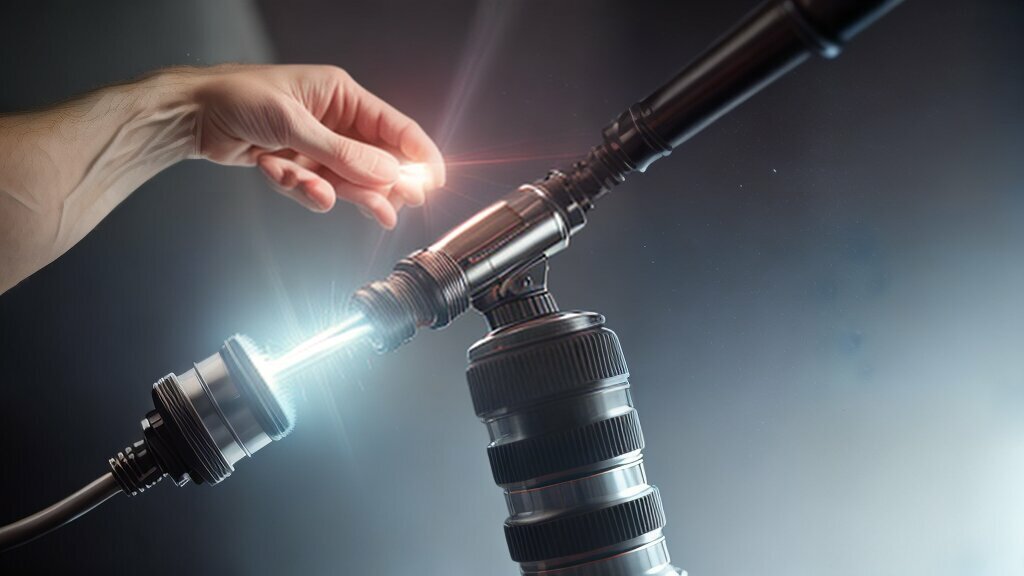
By avoiding these common mistakes, you can unscrew a hose safely and easily. Remember to take your time and use the appropriate tools and techniques for the job. Happy gardening!
Tips for Troubleshooting Stuck Hose Connections
Stuck hose connections are a common issue that can make garden tasks frustrating. Here are some tips for troubleshooting stuck hose connections:
- Use lubrication: Applying a lubricant such as petroleum jelly or cooking oil can help loosen a tight hose connection. Apply a small amount to the threads, then try unscrewing the hose again.
- Apply heat or cold: Temperature changes can cause metal to expand or contract, making it easier to loosen a stuck connection. Try using a hairdryer to heat up the fitting, or placing it in the freezer for a few minutes before attempting to unscrew the hose.
- Gently tap: Use a rubber mallet or a piece of wood to gently tap the fitting to loosen the connection. Be careful not to use too much force or hit the fitting too hard.
- Seek professional help: If all else fails, it may be necessary to seek professional help. A plumber or irrigation specialist can help troubleshoot the issue and provide a solution.
Remember to take your time and be patient when troubleshooting stuck hose connections. Using excessive force or the wrong tools can cause damage to the hose or fittings, making the problem worse. By following these tips, you can save time and frustration in your garden tasks.
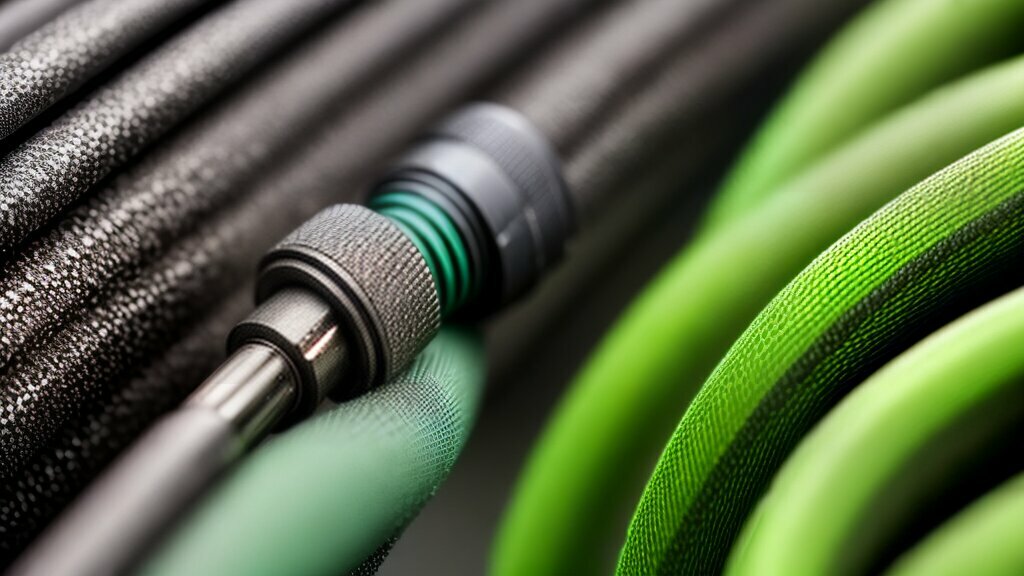
Conclusion
Congratulations! You have now learned how to unscrew a hose safely and avoid common mistakes. By following the easy guide and helpful tips provided in this article, you will be able to complete your garden tasks with ease.
Remember, unscrewing a hose properly is important to prevent leaks, damage to the hose or fittings, and difficulty in reattaching the hose.
If you encounter a stuck hose connection, don’t panic! Use the troubleshooting tips we provided such as using lubrication, applying heat or cold, gentle tapping, or seeking professional help.
We hope you found this article helpful and informative. Apply these tips and make your garden tasks simpler.

